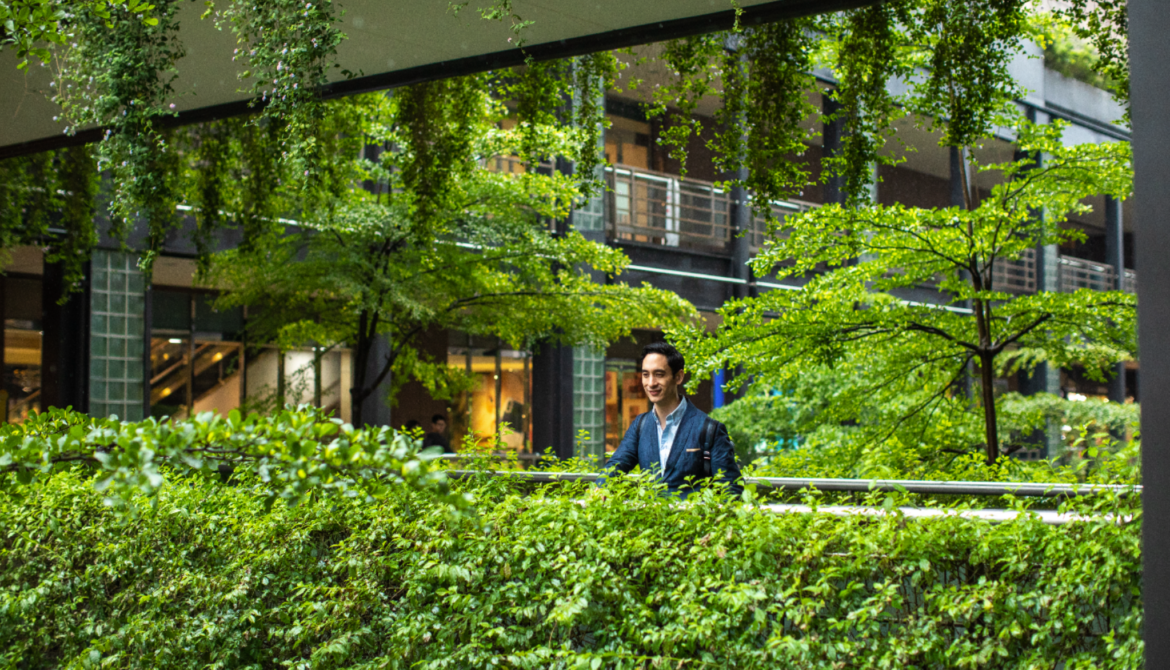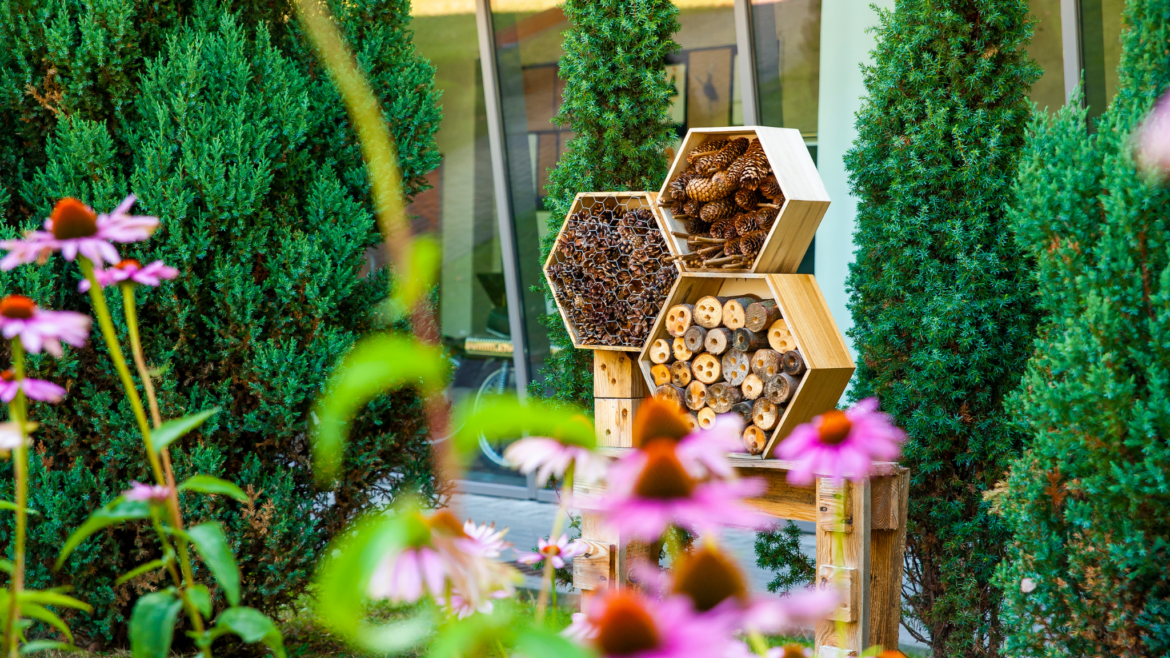
Views • 22/02/2024
Nature & biodiversity in real estate: Beyond bird boxes and beehives
“Biodiversity” is fast becoming the next big megatrend, what does it mean for the real estate sector and how can we ensure assets and land are managed to deliver a positive impact on nature?
Supporting biodiversity in property management has typically consisted of low-impact interventions such as bird boxes, bug hotels and beehives; this is now changing, the industry recognises that protecting nature must become a strategic priority.
Healthy ecosystems protect against extreme weather and absorb carbon. As our climate changes, land and buildings are increasingly exposed to climate risks such as flooding and overheating.
If we fail to adapt, these risks can cause damage, reduced occupancy and loss of value.
‘Nature-based solutions’ maximise natural features to address such risks and are crucial for combatting the climate crisis with nature playing a role in climate adaptation that will only become more vital as impacts amplify.
The release of the historic Kunming-Montreal Global Biodiversity Framework (GBF) in 2022 established a worldwide agenda for biodiversity conservation signifying the shift in urgency to address this looming crisis.
This month, the UK Government released the long awaited Biodiversity Net Gain (BNG) planning regulation which mandates that all new developments must deliver measurable improvements to habitats and establish plans to maintain them for 30 years.
The BNG regulations will ensure considerations for nature are embedded throughout all stages of development and that plans are in place for habitats to be managed and protected.
Beyond BNG, public and investor pressure is growing. Markets are increasingly valuing the importance of biodiversity with more financial products being created to address the challenge.
Voluntary frameworks such as the Taskforce on Nature-Related Financial Disclosures (TNFD) and Science-Based Targets for Nature (SBTN) will soon be seen as standard.

Managing property for nature
Biodiversity has always played a key part in MAPP’s sustainability approach. Our longstanding belief is that our duty is to support clients in enhancing green spaces and to promote nature-friendly management practices.
The outcome, maximising the positive impact and reducing biodiversity footprints, often demonstrates to investors a commitment to best practice.
To address its growing importance, MAPP released our first dedicated nature & biodiversity framework in 2023. The framework recognises that nature is complex and there is no ‘one size fits all’; it is essential that initiatives are specific to local ecology and localised risks and that they are monitored to ensure success. Measuring and reporting emphasises the positive impact of biodiversity interventions, both at an asset and corporate level.

Our team has collated six top tips based on our experience managing biodiversity across our managed sites:
| Assess what you have.
Start with a baseline assessment of your risk and opportunity areas, including your company operations, assets and supply chain activities. |
| Keep what you can.
Valuable habitats take years to establish, where possible, try to retain as much as possible. |
| Engage with specialists.
Bring in ecology expertise and ensure landscapers are aware of goals and align with management practices such as minimising pesticides and planting native species. |
| Ecosystems can flourish anywhere.
Conditions like space, sunlight, soil and rain do not mean biodiversity improvements aren’t possible. Seek guidance from ecologists and landscapers on which species can thrive in your site’s environment in order to set yourself up for success. |
| It doesn’t need to be expensive.
Increasing the value of habitats can be as simple as leaving areas untouched or planting seed mixes, plans can be adapted to any budget. |
| Work with nature, not against it.
Spaces can be aesthetically pleasing whilst retaining ecological value and occupiers are increasingly aware and tolerant of wild spaces, use signs to educate and make rewilding areas look more managed. |
MAPP will continue to align on the ground actions with big picture strategy and reporting. The market is fast moving and we will continue to work with our partners, old and new, to bring the best solutions for our occupiers, clients, and for our planet.